Search the Special Collections and Archives Portal
Search Results
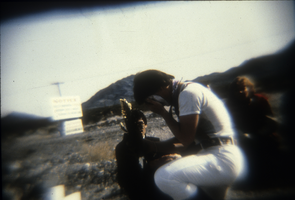
People in desert during the Lenten Desert Experience: photographic slide
Date
Archival Collection
Description
From the Sister Klaryta Antoszewska Photograph Collection (PH-00352). Photo is not very clear.
Image
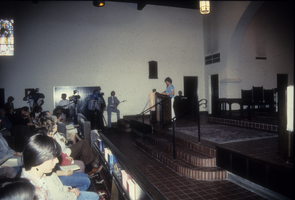
People in church with someone speaking: photographic slide
Date
Archival Collection
Description
From the Sister Klaryta Antoszewska Photograph Collection (PH-00352). Lenten Desert Experience.
Image
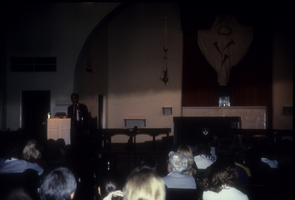
People in church with someone talking: photographic slide
Date
Archival Collection
Description
From the Sister Klaryta Antoszewska Photograph Collection (PH-00352). Lenten Desert Experience.
Image
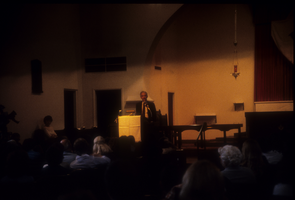
People in a church listening to a speaker: photographic slide
Date
Archival Collection
Description
From the Sister Klaryta Antoszewska Photograph Collection (PH-00352). Lenten Desert Experience.
Image
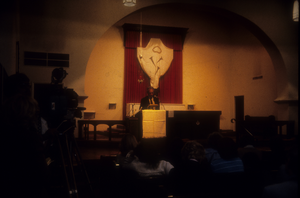
People in church during Lenten Desert Experience: photographic slide
Date
Archival Collection
Description
From the Sister Klaryta Antoszewska Photograph Collection (PH-00352).
Image
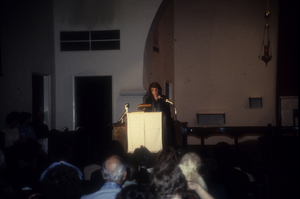
People in church during Lenten Desert Experience: photographic slide
Date
Archival Collection
Description
From the Sister Klaryta Antoszewska Photograph Collection (PH-00352).
Image
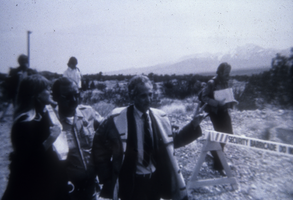
People walking in the desert during Lenten Desert Experience: photographic slide
Date
Archival Collection
Description
From the Sister Klaryta Antoszewska Photograph Collection (PH-00352). Black and white photo.
Image
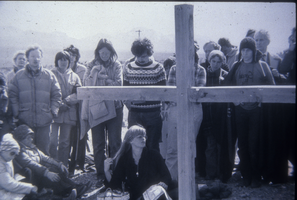
People standing at Cross in the desert during Good Friday: photographic slide
Date
Archival Collection
Description
From the Sister Klaryta Antoszewska Photograph Collection (PH-00352). Lenten Desert Experience. Black and white photo.
Image
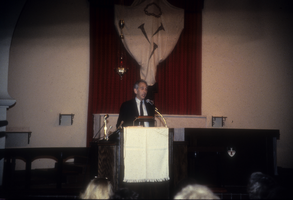
People in church during Lenten Desert Experience: photographic slide
Date
Archival Collection
Description
From the Sister Klaryta Antoszewska Photograph Collection (PH-00352).
Image
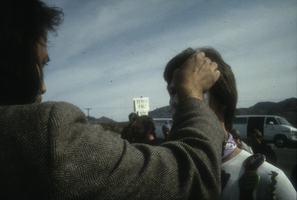
People in desert during Lenten Desert Experience: photographic slide
Date
Archival Collection
Description
From the Sister Klaryta Antoszewska Photograph Collection (PH-00352).
Image
